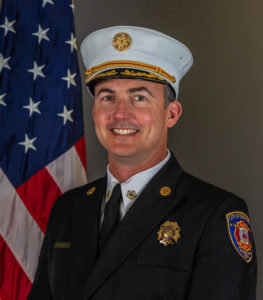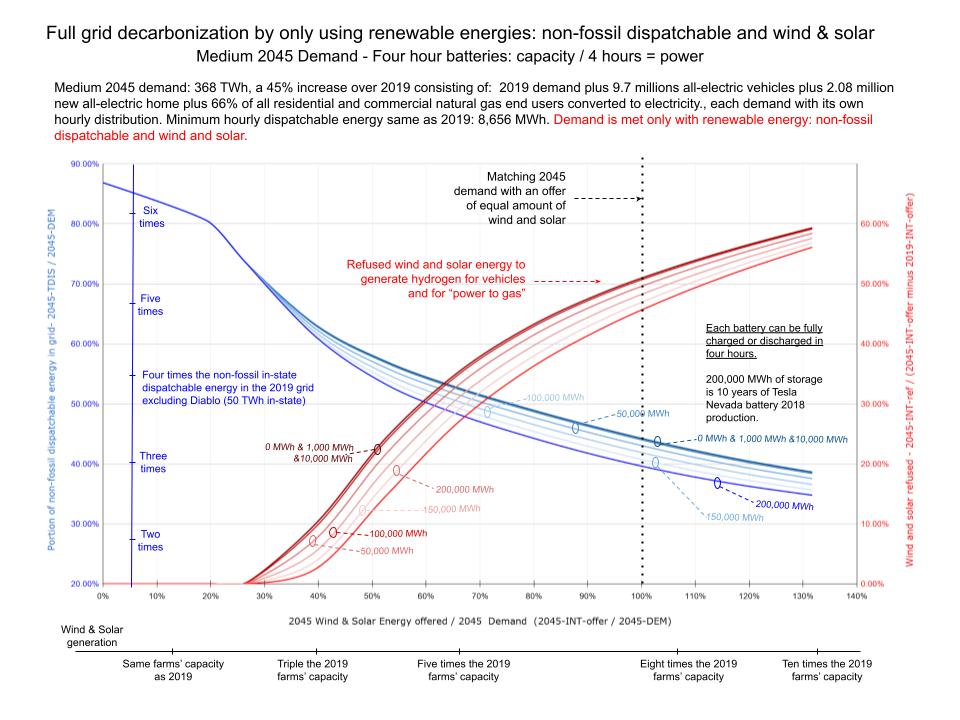Apr 15 2021
Should the facilities at 801 Magnolia continue to be for the arts commingled with a commercial business?
“City staff has negotiated the lease renewal behind closed doors and there seems to be a majority on Council that couldn’t be bothered with public input on matters other than the lease. That’s too bad because over the years residents have proposed creative ideas for 801 and were Council to engage in an open conversation with its constituents it would lead to better use of the building.” Garrett Keating, Former City Council Member submitted to this website.
At its regular meeting on Monday April 19th, the City Council will consider the proposed revised lease renewal for the Piedmont Center for the Arts. Should this City building be dedicated to community use? The proposal continues to avoid the issue of whether the building should be subleased by the Art Center Board to a private business.
The City did not seek open public participation on the use and lease of 801 Magnolia. As noted by concerned citizens, the proposal was fashioned behind closed doors, continuing the practice of exclusion and special favors.
It is unknown if any Council members were involved in voicing their opinions privately to the staff in a “hub and spoke” process forbidden under California’s open meeting laws, the Brown Act.
No written policy on non-arts uses of the public building.
Did the City Council willingly relinquish its responsibility in order to permit undefined Non-Arts Related Rentals?
“Non-Arts Related Rentals (15.1) The amended Lease requires PCA [Piedmont Center for the Arts] to seek the City’s prior written consent in the event it wishes to allow activities to occur at the Leased Premises other than Approved Uses (e.g., non-arts related activities), where PCA would charge user fees for the activities. The previous version of the Lease deemed any preexisting arrangement for user fees as approved, but PCA has now agreed to let go of its long-standing weekly Wednesday rental to a non-arts related user and has designated that time as part of the upfront City allotment.”
Piedmont has been seeking greater equity and inclusion in public decisions and public property use. The public has a right to participate in decisions about the use of public property. This proposal excluded open public input.
The proposal does not resolve the public use issue – public over commercial use and Council involvement in subleases.
There appears to be a community desire for musical, dramatic, and artist programs to continue under the leadership of the Piedmont Center for the Arts. Yet, turning the building into partial commercial use under a stub-lease to the exclusion of public use has been highly criticized.
No publicly agendized meetings, hearings, community outreach or known research has occurred since the preemptive move in November 2020 to approve the now discarded problematic lease renewal with the Piedmont Center for the Arts group.
Many in the community have waited months for City input solicitation, but none came. Meanwhile, the “City” devised and negotiated terms of a new lease without open public input.
History appears to be repeating a faulty, exclusionary process:
The City Council, if it accepts the process, will be repeating the prior practice of excluding the public and allowing pre-authorization of commercial use of the public building without public hearings or a Council adopted specific policy on non-art commercial use of the building and grounds.
On November 16, 2020, a rushed, surprise lease renewal proposal was promptly approved at a first reading in a 3-2 split vote by the then members of the City Council. Council members Rood and Cavenaugh voted “No” wanting more information, inclusion, and input prior to approving the free rental proposal and unclear policies. The new Council will determine the equity and appropriateness of the lease and sublease requirements .
Uses other than music, drama, and art programs have not been publicly discussed or considered. For example, Piedmont seniors who bear the burden of taxes for Piedmont, have sought a facility for seniors programs. 801 Magnolia has sufficient unused space to allow the Art Center group to coexist with seniors programs. Yet, the proposed lease does not provide for this expanded use.
The current non-art commercial business sublease of the property was privately granted outside of Council view and unknown to all Councilmembers. The then City Administrator collaborated privately with the commercial business and the Art Center Board to sublet space under the free Art Center lease at 801 Magnolia.
Public uses and priorities have been excluded from use considerations as the City allows continuation of prior commercial practices.
Members of the City Council when previously asked to consider and approve a Conditional Use Permit (CUP) under the free Art Center lease for a commercial use were never informed by the City Administrator (“the City”), acting as the landlord, had already approved and signed off on the commercial sublease without public consideration or Council approval.
Outreach to the community was minimal and some neighbors were not aware of the closed door arrangement for a commercial business sublet. Public use was preempted. A newspaper notification was absent.
Some City Council members not realizing the commercial use and sublease had already been granted by the City Administrator were told the City Council could only consider matters such as parking and hours of operation, not the sublets commercial use or sublease. The Council was never provided a copy of the sublease and had no opportunity by policy to examine the terms and appropriateness.
The Art Center management drew concerns from the community by providing the commercial business owner, an Art Center Committee Advisor, a below market rate commercial sublease, while excluding various public users and consuming space for business purposes. The Piedmont Recreation Department regularly referred potential public/community users of the facility to the commercial business owner, who determined if they could use the facility.
The City staff proposed agreement once more bestows upon the staff (“the City”) rather than the Council, unilateral decision authority on a policy matter – what is good or bad for Piedmont – with no policy direction from the Council or public input.
Read the staff report and lease language by clicking below:
Final Proposed Art-Center-2021-2nd-Reading-of-Ordinance-758-N.S-–-Approving-an-Amended-and-Restated-Agreement-with-the-Piedmont-Center-for-the-Arts-at-801-Magnolia-Avenue
Certain individuals were excluded, while others were allowed to provide input to the staff on the proposal. There was no investigation of community-wide priorities or a use policy draft. The rushed attempt in November 2020 to renew the faulty lease was publicly abandoned for 6 months without explanation.
The Piedmont City Council will – Consider Renewal of the Piedmont Center for the Arts Lease on Monday, April 19th. Major changes to the lease are noted by the staff as: • Addition of Rent Payment • Additional Time Designated for City Programming • Improved Early Termination Clause • Addition of an Emergency or Unforeseen Circumstance Clause • Prior Written Consent [by “the City”] for Non-Arts Related Rentals.
AGENDA > Meeting Participation and Schedule for Monday, April 19, 2021
Consideration of the lease has been placed last on the agenda.
Art Center 2021-04-09 Council to Consider Piedmont Center for the Arts Lease Renewal on April 19th





